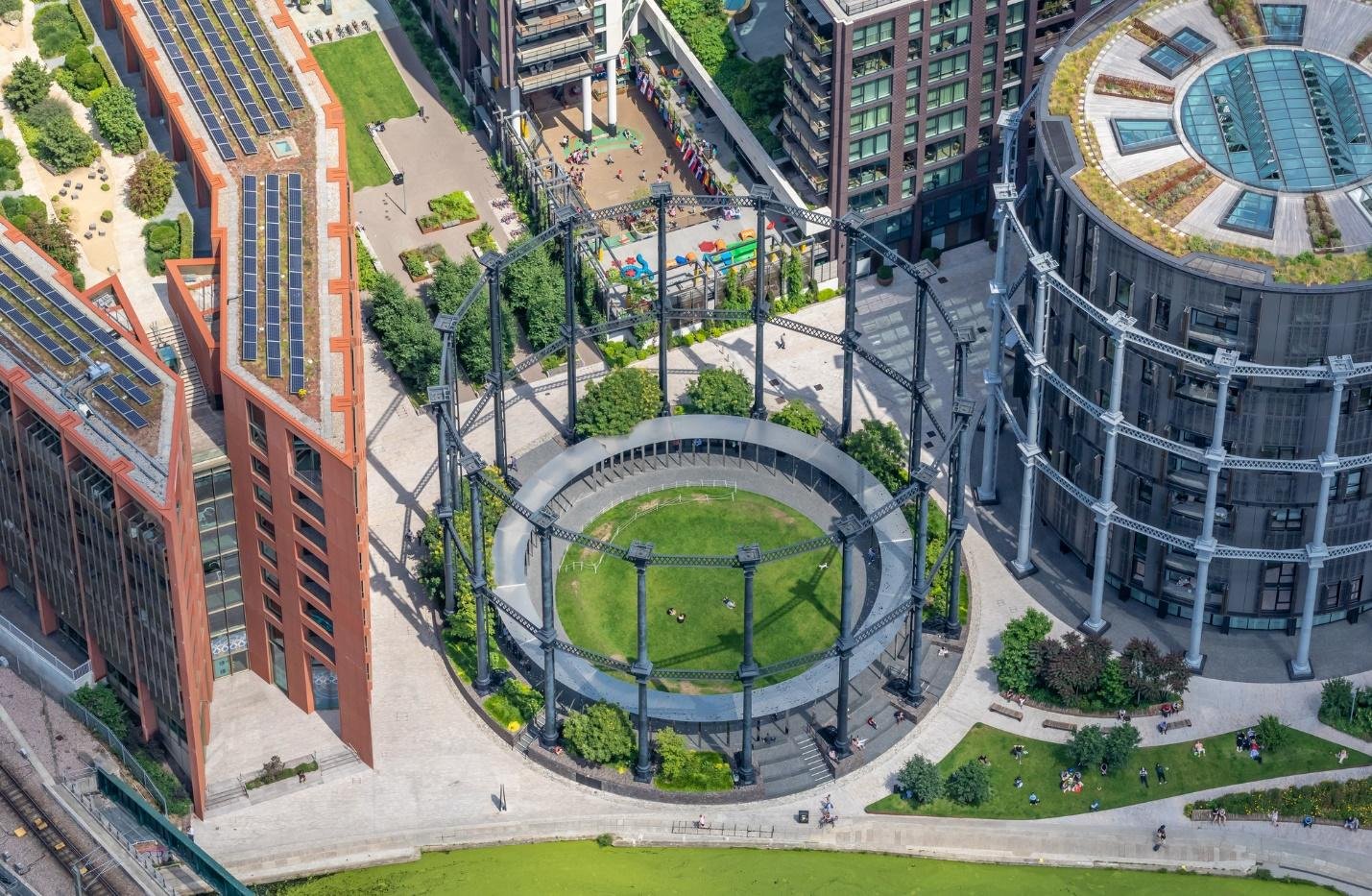Buildings shape our lives: let’s make sure that is a positive experience.
What Design Can Do
When faced with the pressing social, health and ecological problems of our time, we rarely consider the common material basis that underlies each and every one of them. Loneliness is now a health risk on par with smoking and obesity — but have we asked how the design of our homes and cities have created the conditions that exacerbate loneliness or even make it inevitable? What happens to civic engagement and social cooperation if people do not have safe and inviting places to gather?
How can we reconnect to nature if it has been banished from the places in which we dwell? Our everyday lives are structured by the built environments we inhabit, yet we fail to consider how our buildings influence our thoughts, behaviors and social interactions—and our very possibilities of being in the world. This is the very first film to consider design not as a luxury afforded to the wealthy few, but as an active agent capable of helping us to heal faster, learn better and connect across social divides, demonstrating how interdisciplinary research informs life-promoting design. Directed by Mary McDonagh Murphy, written and produced by Sarah Williams Goldhagen and Sarah Robinson.
What Design Can Do: Trailer
Released in 2023, this award-winning film embarks on a visionary journey through the world of architecture, aiming to educate its audience on the profound impact that buildings have on society and the environment. With a mission to inspire and inform, What Design Can Do reveals the transformative power of thoughtful design in shaping our lives.
EVENTS
Monday, March 17, 2025
6:00 PM - 7:00 PM
CET (GMT+1)
As part of our initiative, we are hosting a series of webinars featuring thought-provoking discussions led by inspiring speakers.
The Architecture of Capital: Who Really Shapes Our Cities?
Hosted by: What Design Can Do
Speaker: Sophie Schuller, PhD Researcher and Founder of Common-Space
Webinar synopsis: Architecture and urban development do not emerge in a vacuum. While architects are increasingly trained to consider human perception, embodiment, and behavior in their designs, the reality is that what gets built, who it serves, and how it looks are dictated by forces outside of architecture itself. Real estate developers, public institutions, and planners - those who finance, approve, and execute projects - operate within a system where capital, rather than human or ecological needs, is the primary driver.
Speaker Bio: Sophie Schuller, PhD researcher, Educator and Built Environmental Advisor, will examine the systemic misalignment between architectural ambition and development realities, questioning why insights from neuroscience, psychology, and human experience - now central to architectural discourse - remain absent from real estate decision-making. She will explore how capital markets, valuation systems, and financial mechanisms shape what gets built and how, and what steps can be taken to shift these paradigms.
-
Webinar synopsis: Architecture and urban development do not emerge in a vacuum. While architects are increasingly trained to consider human perception, embodiment, and behavior in their designs, the reality is that what gets built, who it serves, and how it looks are dictated by forces outside of architecture itself. Real estate developers, public institutions, and planners—those who finance, approve, and execute projects—operate within a system where capital, rather than human or ecological needs, is the primary driver. The result? An urban landscape shaped more by financial imperatives than by the fundamental needs of life to flourish. As the economic and capital landscape further separates use and exchange value, the conditions under which architecture is realized become less about what design can do and more about what design can earn.
The competing dynamics of capital and social value are often diametrically opposed. The poorest and most vulnerable are frequently excluded from access to the best that architecture can offer, relegated to spaces of functional necessity rather than those designed for beauty, well-being, or dignity. This issue is fundamentally rooted in the principles of valuation, where ‘value’ is predominantly defined in economic terms, serving the interests of a narrow, privileged group of investors, corporations, and financial institutions. However, this narrow framework neglects non-economic value drivers, or drivers that deliver economic value outside the normal confines of commercial return periods.The prevailing financial structures that dictate urban development rarely account for these dimensions, reinforcing a system that prioritizes short-term financial return over long-term social and environmental sustainability.
Awards and Presentations
Premier - IAM Lab’s Intentional Spaces Summit, Johns Hopkins University, Washington DC, November 2023







Our Mission
To start a grass-roots movement to raise awareness of the power of buildings to improve our human existence
As a collective of architects, design professionals and scientists, we are on a mission to educate, advocate and design a built environment that supports human flourishing and ecological well being.
Listen to our Podcast
Want to hear more from the creators behind What Design Can Do?
Situated: a podcast exploring how our surroundings shape us
hosted by Sarah Robinson
Read our Books
by Sarah Robinson
Welcome to Your World: How the Built Environment Shapes Our Lives
by Sarah Williams Goldhagen








